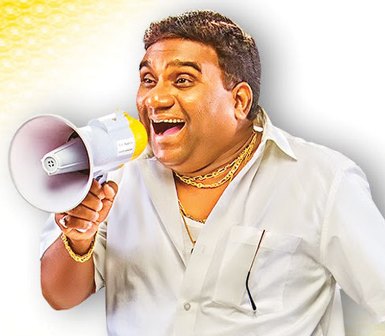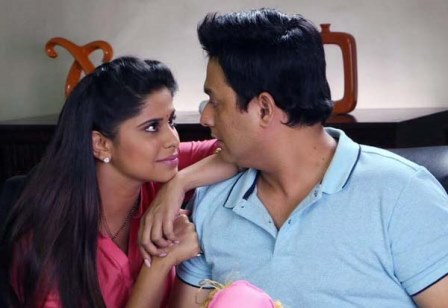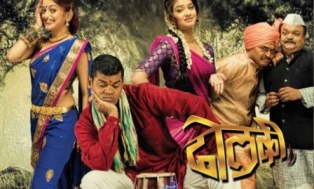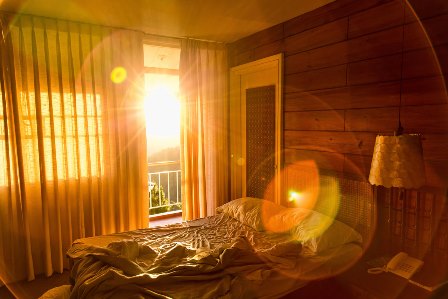If you have a dog, you’ll have to make changes to your home for your furry little friend’s overall comfort.
by Reyna Mathur
It has become a trend to have a dog or a cat in the home these days, especially in the cities. Our four-legged friends bring joy and comfort to our lives, and take away the loneliness and despair we may feel in our interactions with other humans. Whatever the kind of person you are, what your failings are in life, or how much money you make, your dog will not care about any of these things and still love you unconditionally.
Which is why you should reciprocate this love by making your home as friendly and comfortable for your dog as possible. It will surprise you to know how little we think of this aspect getting a dog home – apart from feeding them regularly and keeping them in good health, we also have to increase their feelings of wellbeing by making some adjustments to the home.
Change your floor tiles. The first adjustment you will have to make is to change the tiles or flooring of your house. Dogs need slightly rough surfaces to walk and run on, and shiny, glossy Italian marble or granamite tiled floors will make them clench their feet with every step to avoid slipping. This causes their claws to grow improperly, and in the long term, can give the pet leg and spinal issues. Invest in rough-hewn, matte finish flooring and if you have a separate room for the pet, lay thick linoleum on the floors. Linoleum allows the dog to dig in its claws if necessary – of course, you will have to replace it periodically once it discovers it can pull out entire swathes of the material!
Change the toilet to an Indian-style one. The first thing you must do on bringing the pet home is to toilet train it so it doesn’t urinate or defecate on the floor or furniture. Most dogs don’t adapt well to the toilet training routine, not because they are incapable of learning, but because they are not comfortable with the toilet. A sufficiently well-trained dog will head to the toilet every time it wants to urinate or defecate, and will only do its business on the floor. Since dogs cannot climb on to the commode, it is better to have an Indian-style toilet for the pet’s use. Anything that is at floor level will be gladly welcomed by the dog.
Let windows be accessible. Dogs love to sit at the window, especially the ones that are alone at home while their owners go to work. Your dog will pick a favourite window in the house and claim it. A good idea is to create a comfortable seat with a rubber padding on the top for the dog to sit on. Most windows in Mumbai are not at floor level, so if your building allows, you can elongate the window your dog prefers. Alternately, create a wide seat for your dog to climb over and sit, or even snooze on after meals. The seat should also accommodate the dog’s eating bowl and a utensil for water.
Restrict the use of fresheners and harsh cleaners. We use air fresheners in spray or tablet form in the bathrooms and toilets. While the fragrance of these is acceptable to us, most dogs recoil from the smell because their olfactory senses are much more refined than ours. What is a fragrance for you might be a disturbing irritant for your dog, so if you see the dog sneezing more often or resisting attempts to go where you have used an air freshener, remove the offending item at once. Some dogs are allergic to the chemicals in these substances, so it is better to avoid them altogether.
Your kitchen should be off-limits. As beloved as your dog is to you, you will have to keep him or her out of the kitchen. This is where you cook and keep the wet garbage, both of which are very attractive to your dog. However, most pets have a tendency to shed hair on a daily basis, and if you allow your dog to enter and exit the kitchen at will, there will be dog hair all over the counters and cooking tops, not to mention in your food itself. Dogs are also immediately attracted to garbage pails, so you will have to keep the pail out of reach and difficult to knock over. Apart from training your dog to wait outside the kitchen and never to follow you inside, you can install door guards at the kitchen entrance so that the dog can’t get in. Install a lockable door for your kitchen as well, which should be locked when the kitchen is not in use.





